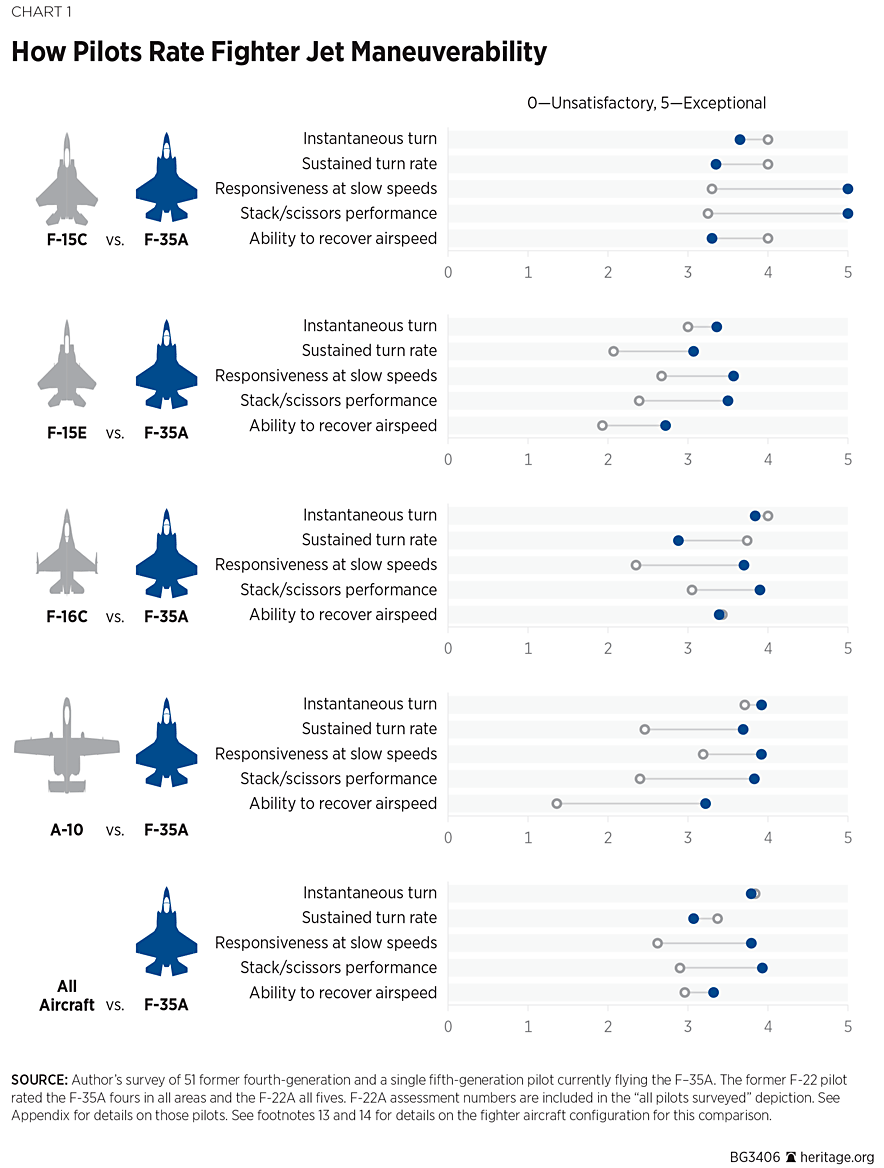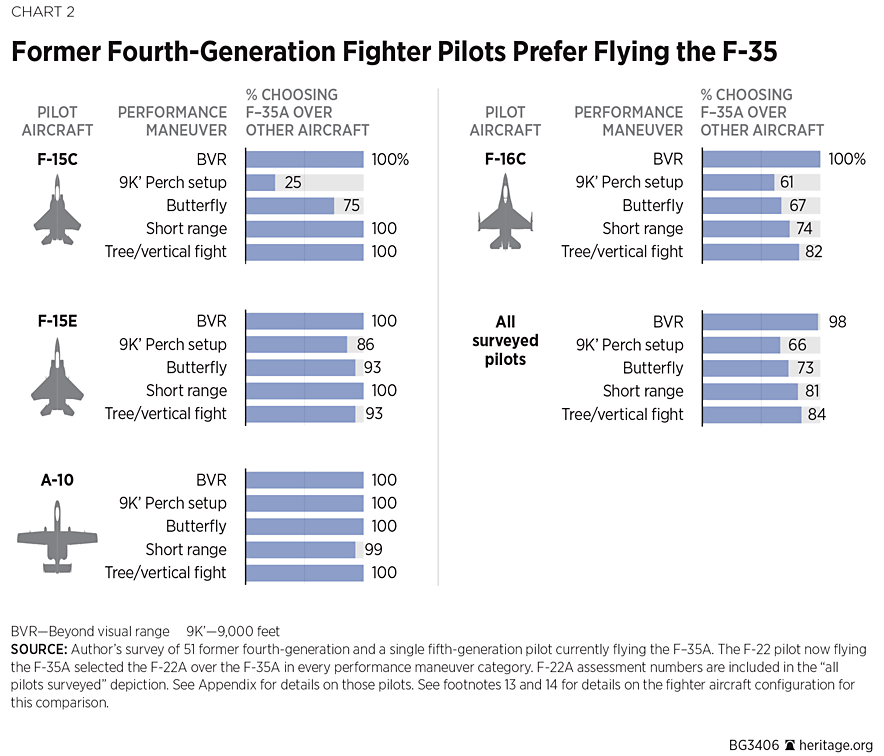if US experiences from deploying early AIM-9B/Es/Js, and AIM-7E/E2 Sparrows over North Vietnam were ‘negative’, those of not only the Arab Air Forces but the North Vietnamese too, can only be described as ‘tragic.’
As for the aircraft, most of Soviet weapons for aerial warfare – especially the R-3S missile (ASCC/NATO-codename ‘AA-2 Atoll’) – was useless junk. Period.
If US experiences from deploying early AIM-9B/Es/Js, and AIM-7E/E2 Sparrows over North Vietnam were ‘negative’, those of not only the Arab Air Forces but the North Vietnamese too, can only be described as ‘tragic’. The R-3S couldn’t track a target pulling more than 2,5gs; couldn’t be fired if the aircraft carrying it was pulling more than 2,5gs – indeed, the gun-sight of the MiG-21 was likely to malfunction if the pilot was repeatedly pulling more gs than that. Moreover, the R-3S was malfunctioning all the time. For example, during the October 1973 War about 30 missiles fired by the Syrian MiG-21 pilots ‘went ballistic’. They malfunctioned even if fired from ideal positions. While no definite statistics is available, it’s unlikely even 3-5% of R-3S’ ever fired in combat have ever scored a hit.
In comparison, at least 50% of all AIM-9Ds fired by the Israelis during that war have scored hits; in the case of AIM-9Gs rushed from USN’s stocks to Israel as early as of Oct. 9, 1973, the probability of a hit (and thus a kill) was even higher. The reason was not only the much better reliability of the Sidewinder, but also its much wider engagement envelope: in the case of the AIM-9D this was nearly 50% bigger than that of the R-3S. Means: Sidewinders could be fired from longer range, higher off-boresight angle, at higher accelerations and against targets pulling more gs (or ‘turning harder’) than R-3S’.
Furthermore, even if an R-3S did score a hit, there was no guarantee of a kill. Cases of Mirages having their rear fuselage smashed by one, but still returning safely back to Israel are nothing new at least since Jun. 5, 1967. While well-documented, few are known in the public.
https://commons.wikimedia.org/wiki/File ... ll%27).jpg
AA-2 Atoll
Soviet aircraft are frequently described as ‘simple and rugged’, capable to ‘take punishment’. Well, I’ve got no doubt that’s that way – in peace. In war, that’s relative. Even a proximity fusing AIM-9D was likely to tear away a wing from a MiG-17F, usually with catastrophic consequences for a pilot. If the MiG-17 was not blown away by the first hit, it was usually blown away by the second. The CO of No. 89 Squadron, EAF, Naji Lashin – leading Egyptian MiG-17F-pilot of the October 1973 War with Israel – was saved by such a ‘second hit’: the first set his aircraft on fire, but also blocked his cockpit hood. He couldn’t eject. The second caused his aircraft to disintegrate, ‘ejecting’ him out of the cockpit…
Yes, MiG-21 proved more survivable, and many of those credited as ‘confirmed shoot downs’ have survived having half their fin or a wing blown away. Quite a few – few Su-7BMKs too – made belly landings in soft desert sand, and were subsequently repaired. But, many more didn’t.
Unsurprisingly, the Indian Air Force junked its entire stock of R-3S’ shortly after the 1971 War with Pakistan – over a year before the October 1973 War. With the Soviets refusing to deliver any of R-13Ms and R-60s that were undergoing testing for application on MiG-23s already since 1969-1970, and then delivering dozens of MiG-23MS’ armed with R-3S even after they began delivering MiG-21bis armed with improved R-13Ms to diverse export customers, Arabs had to keep the R-3S in service even in 1980s.
Indeed, usually arguing with the – supposedly – ‘overwhelming success of North Vietnamese comrades’ (which remains unconfirmed until this very day), the Soviet advisors insisted their Egyptian and Syrian ‘students’ to use these in air combat. That’s as far as the ‘Soviet influence’ became truly relative for both of these air forces in period 1967-1973: although not the least convinced, they kept on trying to use R-3S’ in air combats against the Israelis because there was no alternative.
And they trained really a lot. While we’re accustomed to stories about ‘incompetent’ Arab pilots, actually, the Egyptian and Syrian fighter pilots of 1967-1973 period were regularly flying 350-400 hours a year, 90% of this in form of tactical training. Mind: NATO’s average of the time were 200-240 hours, at least half of this spent with simple transfers from air base A to air base B. Israelis flew only slightly more. Moreover, thanks to the availability of Libyan Mirages, Egyptians even had much more ‘dissimilar air combat training’ than the Israelis and the Americans of that period – and that combined. Thus, and as ‘impossible’ as it might sound, the Egyptians and Syrians were actually better trained than their enemy. It ‘just didn’t matter’, because their weapons were not up to the task – and this was not limited to R-3S missiles.
The Myth of Soviet Arms and Tactics in the Middle East, Part Six: Why Soviet Air-To-Air Weapons Supplied to Arab Air Forces were Useless Junk
While excellent pieces of technology, at least on the paper, Soviet guns were nothing better. Types like GSh-23, NR-30 and NR-37 were frequently praised in the Western press for their ‘milk-bottle sized shells’ and ‘delivering a powerful punch’. In reality, they were slow-firing and had low muzzle velocity, and aircraft carrying them packed too few rounds: as such, they were ill-suitable for fighter-vs-fighter combat. What a surprise considering MiG-15, MiG-17, and MiG-21 were originally designed with intercepting high-flying bombers in mind…
Surprising is, though, that Soviet 23mm shells were causing insufficient damage: they would hit, cause a puff, and that was that. They failed to cause the expected damage. Because it was never studied with sufficient care, the reason remains unclear until today.
In summer 1970, a group of Syrian pilots met a group of French while on vacation in Europe. At one point in time, one of the French – fresh back from Israel – observed, ‘If you would know how many Mirages you’ve actually hit during the last air battle, you would’ve declared that day for a public holiday’. Still, not one Mirage went down.
After one of those famous, big air battles over the Deversoir Gap, Hussein el-Kfass and colleagues from No. 62 Squadron (equipped with MiG-17Fs) sat down to watch their gun camera films. They could not believe their eyes what they’ve got to see: multiple Mirages were hit by 23mm cannons, again and again, and not one went down.
Shukri Thabet, one of quite a few of Palestinians to join the SyAAF in 1960s, served as deputy commander of No. 11 Squadron (MiG-21MFs) in October 1973. He concluded: Our pilots were very brave, very talented and highly trained…. MiG-21 was a very good aircraft…. But, our weapons were our disadvantage… almost at the level of World War II!
The Myth of Soviet Arms and Tactics in the Middle East, Part Six: Why Soviet Air-To-Air Weapons Supplied to Arab Air Forces were Useless Junk
Bottom line: there was no lack of training, and there was no lack of aggressiveness in Arab air forces of the time. But, available weapons were simply not up to the task. The result was such a gap in firepower and precision between Soviet aircraft on one side, and US and French on the other, that the conclusion was on hand: ‘Arab‘ pilots de-facto flew unarmed into air combat. Regardless how well trained, how much motivated, how eager to engage and fight the Israelis, it was like wonder if anything they fired actually caused damage to their enemy.
While always publishing only stories about their flying supermen fighting a ‘David vs Goliath’ air war against ‘hordes of MiGs’ and easily scoring dozens of kills, ‘on sight’ (like when Charlie Sheen threw a handful of bullets at his ‘Iraqi enemies’, to ‘kill scores of them’ in the movie Hot Shots! Part Deux), the Israelis were perfectly aware about reality. So much so, this is what contributed to the famous ‘Concept’ – a thesis developed by the Israeli military intelligence before the October 1973 War, along which Syria wouldn’t attack Israel without Egypt doing so, and Egypt wouldn’t attack until it could match the Israeli aerial superiority.
This ‘Concept’ became the primary reason why the Arabs achieved strategic surprise when they did attack, on Oct. 6, 1973: nobody expected them to be as ‘crazy’ as to do so.
Total result was unavoidable: the Israelis downed ‘hundreds’ of MiGs and Sukhois in air battles of the 1968-1982 period; Arabs ‘only’ some 30-40 Israelis. The ‘Arabs’ really trained ‘like mad’, but all of that was in vain – not because of any kind of ‘incompetence’, ‘culture’, ‘defeatism’, ‘cowardice’, sports or cooking, but because their Soviet-made weapons available to Arab air forces during the 1960-1973 period were de-facto useless, and the Soviets proved extremely advice-resistant.
For many more details on all of this, see the book 1973: ‘The First Nuclear War’.
Photo credit: U.S. Navy, U.S. Air Force and cliff1066 via Wikipedia

